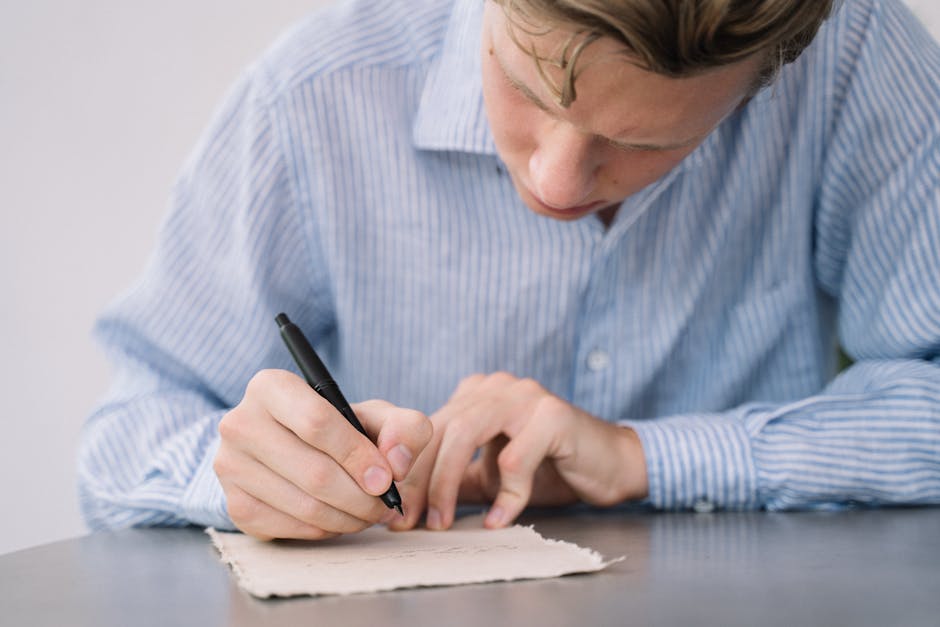Ah, the dreaded two-word phrase on a new job offer: “business casual.” It is a term that sends a shiver down the spine of even the most fashion-forward professional. It’s one of those things that everyone sort of knows but nobody can perfectly define. What does it even mean in 2025? The old rules from before everyone started working from home half the time they don’t really apply anymore.
The world of work has changed a ton. We got used to Zoom calls in sweatpants, and now offices want us back but not in full suits. This has made the whole business casual idea even muddier. So let’s try to figure this thing out, once and for all. Or at least, for this year. This guide will give you a real-world look at what business casual is considered to be now.
So, What Exactly IS Business Casual in 2025?
At its heart, business casual is the middle ground. It’s a dress code that is more professional than your weekend streetwear. But it’s less formal than the traditional suit-and-tie business professional look. It’s intended to be comfortable for employees yet still project a put-together, professional image.
Think of it like a spectrum. On one end you have a full three-piece suit. On the other end, you have pajamas. Business casual lives somewhere in the middle, but its exact location on that line can move around a lot.
The most important thing to know is that business casual is not one single thing. It is something that changes a lot from one company to the next. A tech startup in Austin will have a very different idea of business casual than a law firm in New York City, for sure. So the number one rule is always to observe your workplace culture.
Generally, it’s about swapping out the most formal items for more comfortable, yet still clean, alternatives. A stuffy suit jacket might be replaced with a sport coat or a nice cardigan. Stiff dress pants might be swapped for chinos. You get the idea. It is the combination of these pieces that creates the look.
The Core Pieces: Building Your Business Casual Wardrobe
Okay, so “middle ground” is a nice idea, but what clothes do you actually buy? Building a good business casual wardrobe is about having a few solid, mix-and-match items. You don’t need a massive closet, just the right things.
For Men: The Go-To Items
Getting the men’s business casual look right is pretty straightforward once you have the basics. These are the items that will do most of the heavy lifting for you.
Chinos or Khakis: These are your foundation. A pair in a classic color like tan, navy, or grey is a must. They’re way more comfortable than dress pants but look a million times better than old jeans.
Dark-Wash Jeans: Yes, jeans can be business casual! But they have to be the right kind. Go for a dark, solid color with no rips, fading, or distressing. A slim or straight fit normally looks best.
Button-Down Shirts: Not the super stiff, shiny ones you’d wear with a suit. Think softer fabrics like oxford cloth or pinpoint. Solid colors or simple patterns like gingham or stripes work well.
Polos: A clean well-fitting polo is perfect for warmer days or more relaxed offices. Avoid big logos. Stick to solid, neutral colors. A quality polo just looks sharper.
Sweaters: A good crewneck or V-neck sweater is a great layering piece. You can wear it over a button-down or just on its own. Merino wool or cashmere blends are good choices.
For Women: The Building Blocks
The options for women’s business casual can seem a bit wider, which can be both a good and a bad thing. It’s best to start with these reliable staples.
Trousers: A well-fitting pair of trousers in a color like black, navy, or grey is essential. Styles like straight-leg, wide-leg, or pixie pants all can work depending on the office.
Dark-Wash Jeans: Just like for men, dark, clean, and well-fitting jeans can be a great option. Make sure they don’t have any holes or trendy distressing.
Skirts: A knee-length or midi skirt is a great choice. Pencil skirts are classic, but A-line or pleated styles also work. It’s about looking professional, not ready for a night out.
Blouses and Tops: This is where you can show a little more personality. Shell tops, silk-like blouses, and fine-knit sweaters are all great. Just avoid anything with big graphics, low necklines or spaghetti straps.
Cardigans and Blazers: A structured blazer instantly makes an outfit feel more professional. A simple, elegant cardigan can do the same while being a bit softer. They are perfect for layering.
Footwear That Fits the Bill
Shoes can make or break a business casual outfit. The wrong pair can make you look sloppy no matter how nice your clothes are. For men, think loafers, chukkas, or dress boots. For women, flats, loafers, block heels, or ankle boots are all safe bets. And yes, some clean, minimalist sneakers (think solid white or black leather) are often acceptable in many modern offices today.
Business Casual vs. Smart Casual: Wait, There’s a Difference?
And then there’s this. Just when you think you’ve figured out business casual, someone throws “smart casual” into the mix. They sound similar, and they do overlap, but they are typically seen as different things.
Business casual is, by its nature, for business. It leans more towards the conservative and the professional. The main goal is to look appropriate for an office setting. It’s what you wear for a normal Tuesday at your desk.
Smart casual is a bit looser. It’s often described as a step up from casual wear, but with more room for style and trendiness than business casual. Think of what you might wear to a nice dinner or a casual work event after hours. It allows for trendier jeans, more stylish footwear, and generally a more fashion-conscious approach. The connection isn’t always super clear, but the feeling is different.
The Big “Don’ts” of Business Casual
Sometimes it is easier to define something by what it is not. To avoid any workplace wardrobe mistakes, it’s a good idea to steer clear of these items, unless your office is super relaxed and you’ve seen others wear them.
Anything ripped, frayed, or distressed
Athletic wear (sweatpants, hoodies, gym shorts)
T-shirts with large logos, graphics, or slogans
Flip-flops, athletic running shoes, or worn-out sneakers
Shorts (usually a no-go, especially for men)
Anything too revealing, like crop tops or very short skirts
Hats, like baseball caps, inside the office
—
Frequently Asked Questions
What is business casual for a job interview?
For an interview, it’s always better to be a little overdressed than underdressed. If the company says “business casual,” think of it as the most formal version of business casual. For men, that means chinos or dress pants, a button-down shirt, and maybe a sport coat. For women, trousers or a skirt with a nice blouse and a blazer is a safe choice.
What is business casual on a Friday?
“Casual Friday” or “business casual Friday” usually means you can dial down the formality one notch from the rest of the week. This is often where those clean, dark-wash jeans come in. You might swap a button-down for a nice, plain polo. The key is to still look neat and not like you just rolled out of bed.
What is the difference between business casual and business professional?
Business professional is the most formal type of office attire. It means a full matching suit for both men and women. Men would wear a tie, and women would typically wear closed-toe heels or formal flats. Business casual is the step down from that, where the suit and tie are no longer required.
What is business casual attire for an office party?
This depends on the party’s location and time. If it’s right after work at the office, your normal business casual is fine. If it’s an evening event at a restaurant, you might lean more towards “smart casual,” where you can be a bit more festive or stylish with your choices.
Key Takeaways
Context is Everything: The most important rule is to know your specific office culture. What your boss wears is a pretty good indicator.
Fit and Finish Matter: No matter what you wear, make sure it’s clean, ironed, and fits you well. A well-fitting, simple outfit looks better than an expensive, sloppy one.
When in Doubt, Dress Up: If you’re unsure or it’s your first day, choose the more formal option. You can always dress down later once you get a feel for the place.
It’s a Balance: Business casual is about finding that sweet spot between professional polish and personal comfort. Don’t be afraid to let a little of your own style show through.



